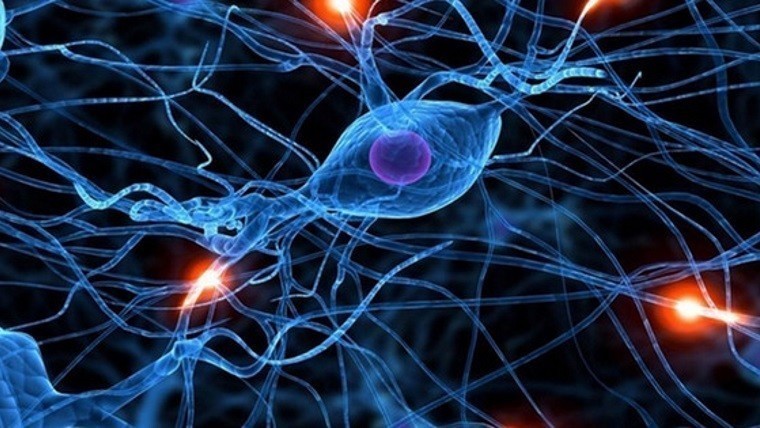
Research has been undertaken for quite a while to find a way to help those who suffer spinal cord injuries to regain limb mobility. One such approach has involved the use of a brain-computer interface in the form of an implanted chip which can then record and transmit signals.
Such interfaces typically rely upon electrodes to provide the physical connection with neurotransmitters. At present, thin-film platinum is at the cutting edge as far as electrode materials are concerned. However, longevity has become an issue as thin-film platinum electrodes have been prone to fracture and disintegration over time.

In response to this issue, Sam Kassegne, deputy director for The Center for Sensorimotor Neural Engineering (CSNE) at San Diego State University (SDSU), and colleagues developed electrodes out of 'glassy carbon'. One major benefit of this form of carbon is that given its smoothness compared to thin-film platinum, corrosion becomes less of an issue while transmitting electrical signals. Another improvement gained through the use of glassy carbon is its superior carriage properties, with Kassegne saying that:
"You get about twice as much signal-to-noise. It's a much clearer signal and easier to interpret."
Experimentation with the carbon-based electrodes has already begun including a study seeking to determine whether targeted electrical stimulation can encourage new tissue growth in the spinal cord in rats. If successful, the hope is that the technology can be used to help rehabilitate humans who have sustained spinal cord damage.
The research continues as a joint collaboration between SDSU, the University of Washington (UW), and the Massachusetts Institute of Technology (MIT), which has received grants totaling around $40 million since 2011.
Source: Phys.org


















1 Comment - Add comment